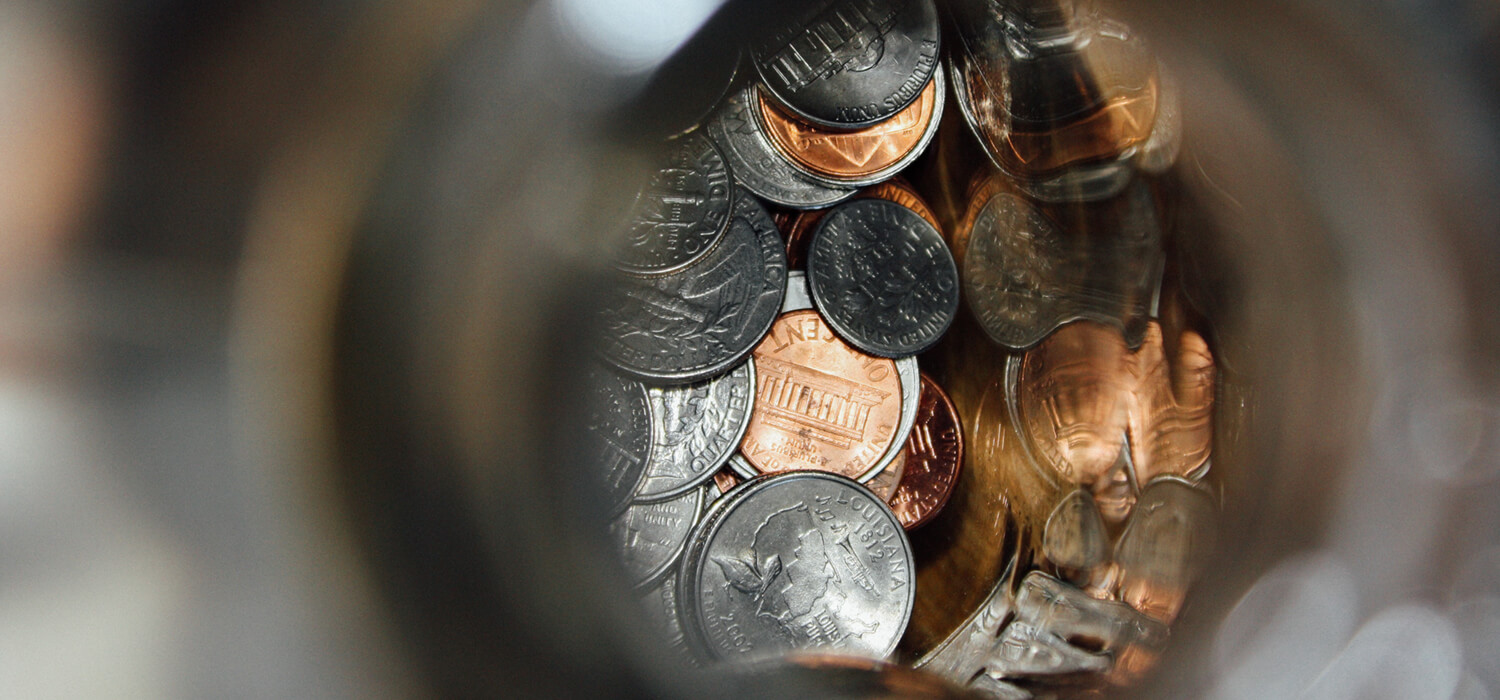You’ve seen it in the news—especially recently—and you’re paying for it at the pump. Inflation.
This economics term refers to the gradual rise in prices, and the gradual decrease in the purchasing power of your money. Whether it’s your trip to the grocery store, a haircut, your gym membership, or new shoes, inflation impacts the price of goods and services within an economy—and lessens the bang for your buck.
Causes of Inflation
You might have paid $8.75 for a movie ticket pre-covid, but today you’re shelling out $10.25 before you even hit the snack counter. Your half-gallon of organic milk was $3.99 and now it’s pushing $5. It once cost you $35 to fill up but now sticker shock sets in when you finish fueling. If you’ve noticed your dollar isn’t going as far as it used to, you can thank inflation.
Inflation doesn’t impact only one sector or industry—such as real estate, medical expenses, or oil—it affects the overall price of all goods and services and therefore the economy as a whole.
Ready for our express version of Economics 101? Let’s explore the two major causes of inflation: demand-pull effect and cost-push effect.
Demand-pull effect occurs with an increased demand for consumer goods, which creates inflation driven by consumers. As demand goes up, consumers are willing to pay more and prices increase—basic supply and demand. Demand-pull happens when consumers’ ability to buy more and pay more increases. When certain circumstances occur such as low unemployment, an economic stimulus, or tax refunds, people have more money to spend. Therefore, companies raise prices to a level that consumers will pay. So, if the economy is booming and everyone wants the newest iPhone, Apple can charge more.
Cost-push inflation occurs when there is a higher cost of production, which drives up prices. This is producer-driven inflation. Recently, the pandemic caused a lumber shortage resulting in lumber suppliers charging higher prices. This trickles down to you, the consumer. A 16-foot deck board was $12 in 2019, but now it is $22—and a $4,000 deck just became a $6,000 investment.
Other causes of inflation include increased money supply, higher national debt, and exchange rates in a global economy.
How Inflation is Measured
Consumer Price Index (CPI) is the most common measurement of inflation in the United States. CPI tracks the average change over time of the cost of a certain set of goods and services. This “market basket,” as it is known, is comprised of the eight major categories people spend money on: food and beverages, housing, apparel, transportation, education and communication, recreation, medical care, and other goods and services. CPI is valuable because it is used to calculate changes in costs of living for social security payments and annual raises companies give their employees.
How to Control Inflation
There are several ways to control inflation but not all reap positive results. Price controls, for example, are government-mandated minimum or maximum prices set for specific goods, used to manage the affordability of these goods. While this might be a temporary fix, over the long-term price controls can lead to shortages, recessions, and higher unemployment.
The most effective way the government fights inflation is by adjusting short-term interest rates through the Federal Reserve—the central bank of the United States. Higher interest rates make lending more expensive, reducing the amount banks can lend out. This drives consumers to spend less because they are borrowing less. With decreased spending comes decreased prices—and so inflation slows.
Other methods of controlling inflation include reducing the money supply in an economy and increasing reserve requirements. With the latter, the more money banks need to withhold, the less they can lend out—again, resulting in consumers borrowing less and therefore having less disposable income.
Now That You Know About Inflation…
Inflation does not have to be a dirty word. With a financial structure that includes effective checks and balances, an increase in prices and wages can be beneficial for the overall economy.
Stay tuned for our next article that addresses the opposite of inflation, as we continue Economics 101 with an overview of deflation.

